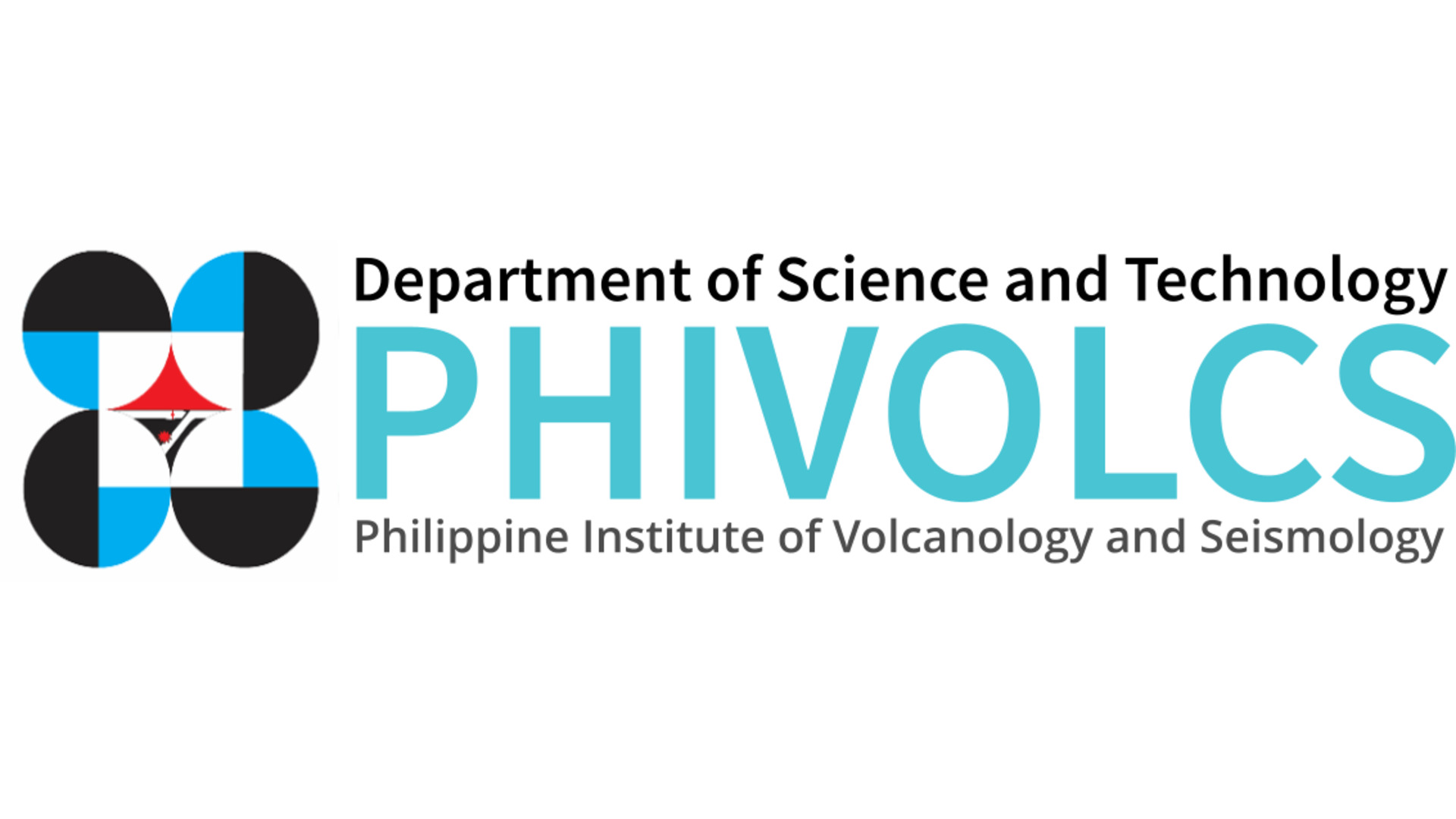The Department of Science and Technology – Philippine Institute of Volcanology and Seismology (DOST-PHIVOLCS) will launch the Seismic Hazard Atlas for the Design Earthquake of the Philippines on November 21, 2024 at the PHIVOLCS Auditorium in Quezon City.
This atlas is a crucial resource for improving the safety and durability of buildings across the country, providing the scientific foundation for earthquake-resistant design practices. The maps enclosed in the atlas reflect the generated high-quality seismic hazard ground motion maps that will serve as a critical tool for structural design and urban planning in earthquakeprone areas. By enhancing the capacity of Filipino engineers and architects to design structures that are better equipped to handle seismic events, the project contributes to safeguarding lives and properties. Through these efforts, DOST-PHIVOLCS aims to raise awareness and improve preparedness for earthquakes, ultimately strengthening the nation’s resilience to natural hazards and supporting the sustainable development of safer communities across the Philippines.
The atlas includes the Maximum Considered Earthquake (MCE) Maps for the Philippines, patterned to international seismic design standards and are available in both national and regional scales. The atlas also features the Transition Long Period Map of the Philippines, which identifies the specific period in the design response spectra that separates constant velocity from constant displacement, helping engineers assess the impact of long-period ground motions, particularly in high-rise buildings. These maps would offer invaluable data for engineers and planners to design structures that can withstand seismic activity.
The project was made possible through the support of DOST, as implemented by DOST-PHIVOLCS and monitored by the Department of Science and Technology – Philippine Council of Industry, Energy, and Emerging Technology Research and Development (DOST-PCIEERD). The project also partnered with the Association of Structural Engineers of the Philippines (ASEP).



